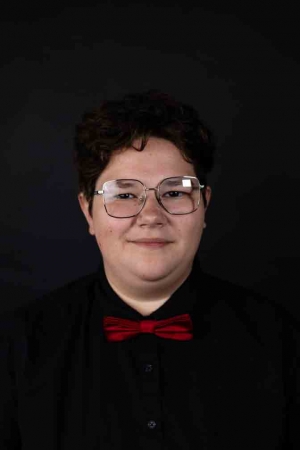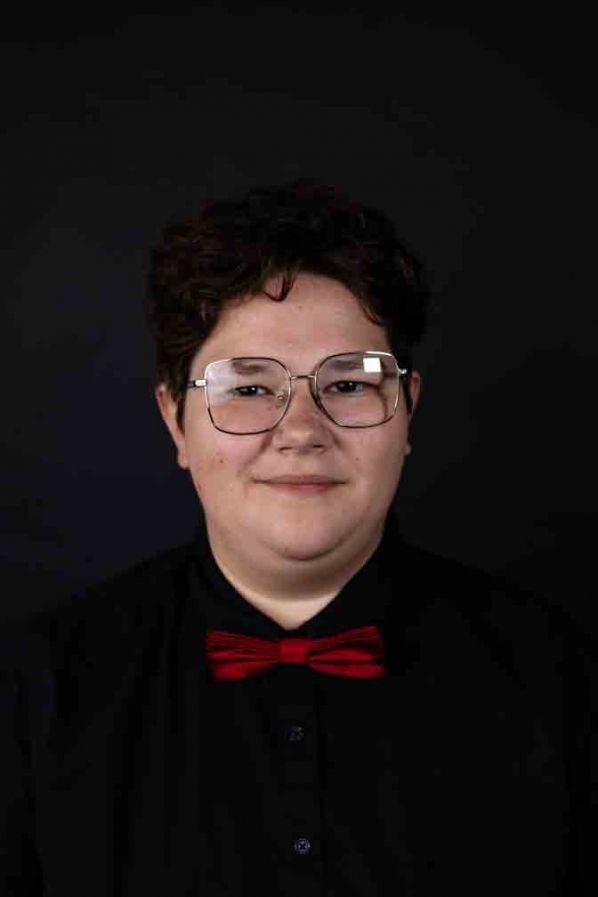When we are encouraged to be our authentic selves, it is often outlined with unspoken expectations. What happens embracing your true self and the norms of the community you find yourself in start to challenge each other? Through my experience in higher education, I have been afforded the opportunity to explore my identity. My experiences became more of a place to pull from rather than a place to hide. However, when I moved for my college advising position, I felt old tendencies return.
Growing up in a community that promoted traditional values, I often heard teachers express negative views towards my classmates who didn’t line up with the standard student mold. They would even target other colleagues who supported those students. Many of those targeted by unkind words were the kindest, most enthusiastic people I had ever met. And yet, they were isolated due to their authenticity. This left me conflicted. It presented me with the understanding that acceptance was conditional.
Unfortunately, my undergraduate experience was not dissimilar. While some professors hid their opinions, there was still an underlying discomfort that occasionally showed itself. Certain college spaces became my refuge where I gradually gained courage in discussing my struggle with my identity. I saw professors integrating their experiences into lessons and classmates discussing how their identity shaped their work. For someone like me, who felt the need to be subtle, the openness was both inspiring and intimidating.
It was not until my graduate degree where I truly felt I could express myself. Professors for my composition classes were focused not just on the quality of the work itself, but also considered how it developed personal style. Music education professors shifted the lens on what was considered “standard etiquette” by having us fiercely defend our lesson choices. Sometimes we realized that the flimsy expectations instilled from the nineteenth century actually alienated many students going into music education today. This fueled my passion in creating spaces where all students had the opportunity to express themselves and share their stories.
However, the sense of self and ease that I found was shattered when I moved back into a smaller community. The same patterns from my childhood were ever present. It was a tightrope walk of determining the “acceptable” level of self-expression once again. In fear of losing my position, I reverted to my place of subtlety. The contradiction was odd. I would strongly advocate for my students to express themselves, but I was not rewarding myself the same liberty. I convinced myself that the isolation and the muddled personality was to make myself comfortable in this new space. In actuality, it was making those around me content while I was melancholic towards my own existence.
Then something unexpected happened. A student, who often sought my help with essays and college applications, approached me nervously one day before Winter Break. As they walked through my office door, I could tell they were nervous. Their eyes darted over the room and they did not sit down as they normally would. “Hey, what are we looking at today?” I addressed them as normal, trying to create that same welcoming space as our other meetings.
They started a wonderful story of how they tested the line of uniformity by sharing part of their story within their friend group. The student continued to share how, in being their true self, they found the ability to “let go and stop pretending”. They even noted that many of the friends they were scared to speak with were surprisingly supportive. It warmed my heart to hear them speak about the opportunities that grew from sharing a part of themselves with others. It made them feel seen. It made them feel validated in who they were. A thing the student said they never would have done if it was not for me and my openness.
Reflecting on our interaction, I felt a mix of admiration and self-doubt. Here was a student displaying remarkable bravery, while I remained in the shadows of my own identity. How could I advocate for authenticity when I was not living it myself? This realization pushed me to test my own courage. I began including email sign offs that related to my background. Pins that reflected my inner self made their way onto my lanyard, and more and more pieces of art filled my office to express who I am. They are small steps in relearning how to be myself, but they are steps nonetheless.
It’s been a journey to explore what I’m comfortable with while also ensuring that my students have a space to be their authentic selves. The tightrope that I walk becomes a solid beam more and more every day. I owe a debt of gratitude to that brave student, whose story illuminated the importance of authenticity. They reminded me that embracing our true selves is not just a personal journey; it can also pave the way for others to do the same.
Written by Becka Dulaney, adviser Franklin High School

